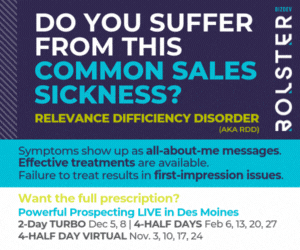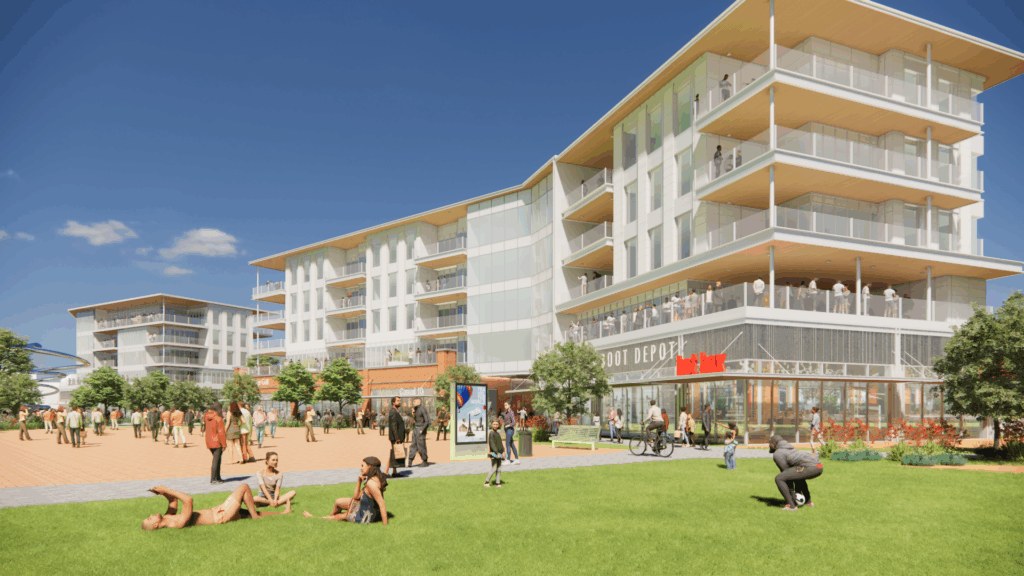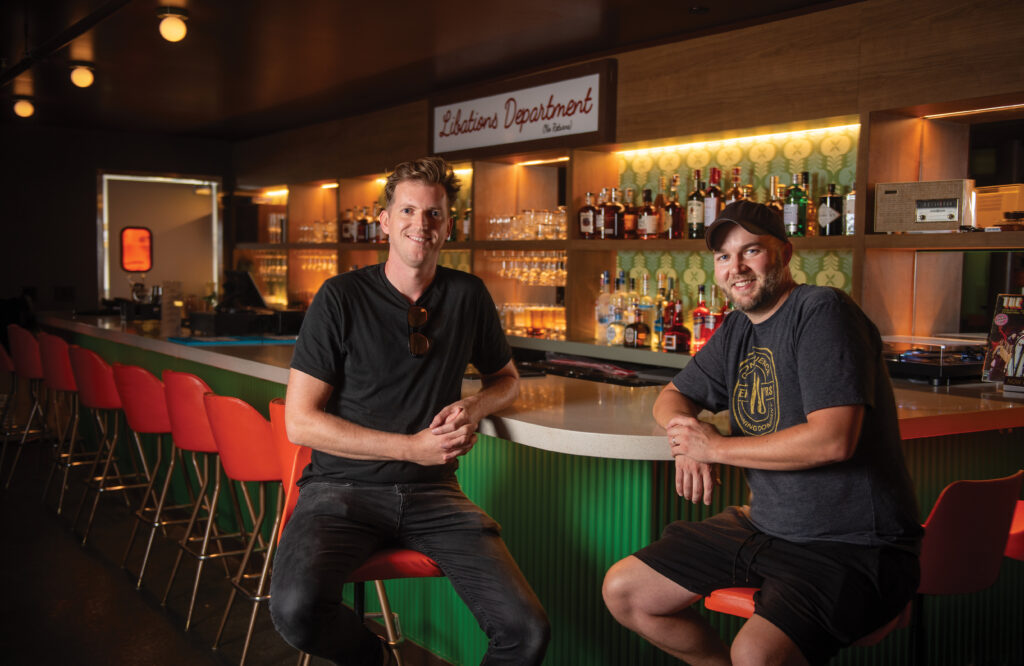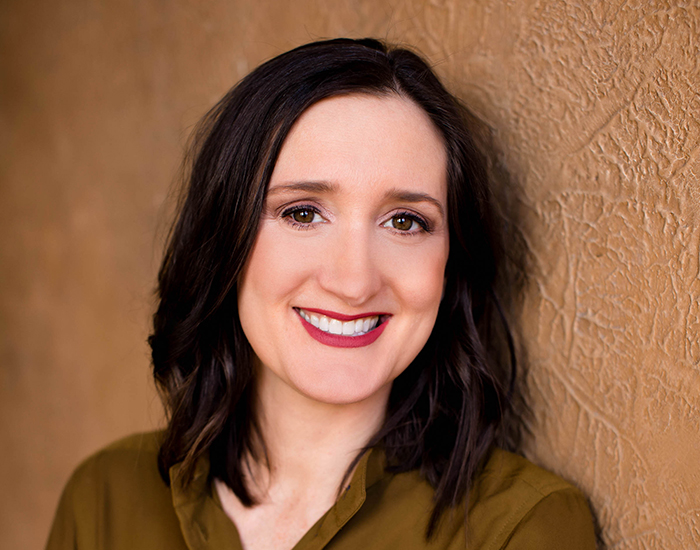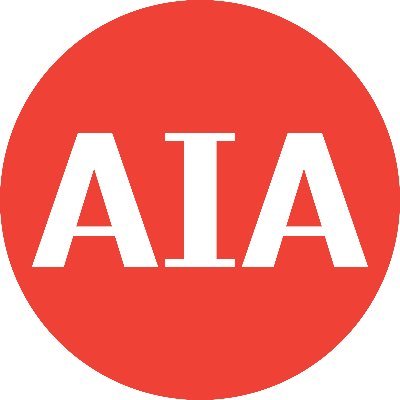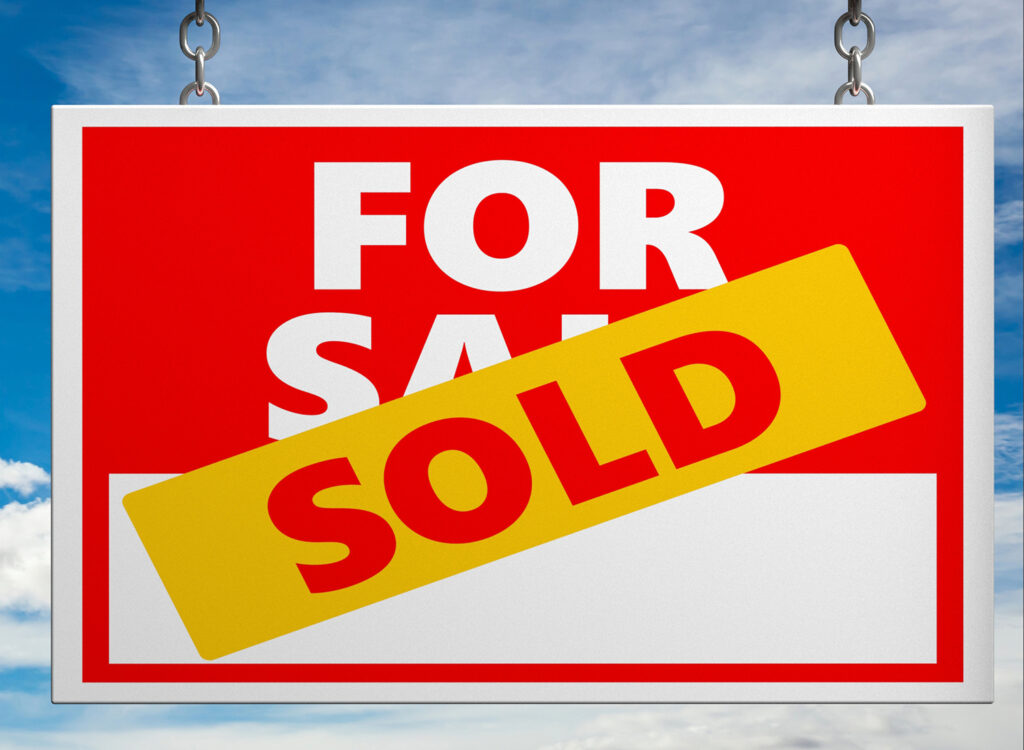5 trends in office interior design
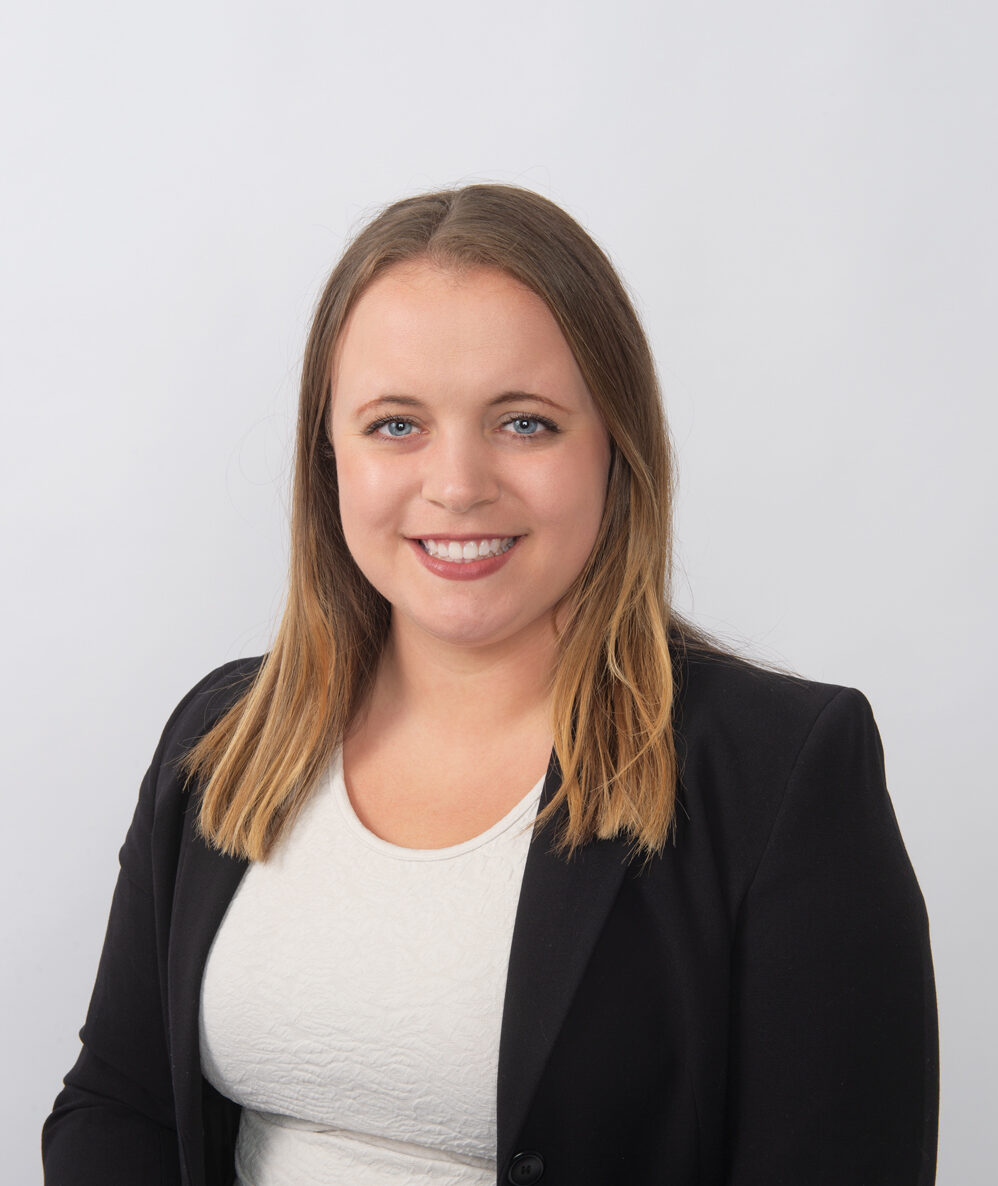
Compiled by Emily Barske Wood
Amid national conversations about workplace flexibility, productivity and culture, a question looms: Do office amenities and design play a role in how employees feel about their jobs? Yes, say interior designers.
Here’s what five local interior design experts believe to be major trends in office design.
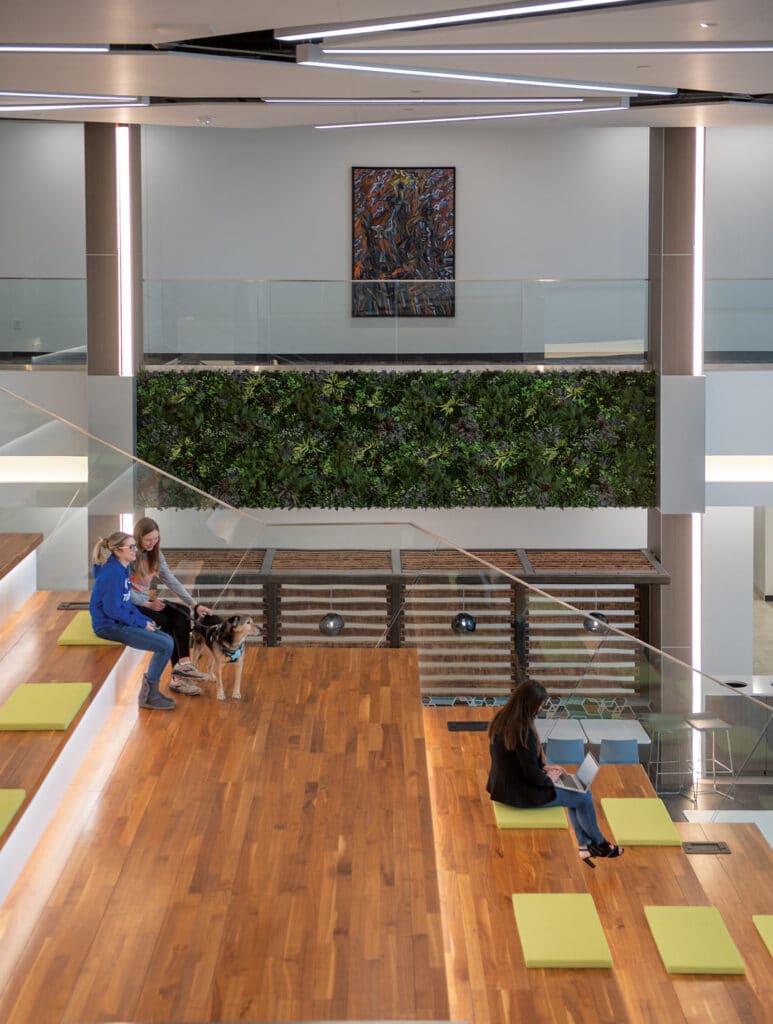

Designing for employee success
By Siri Fliehler, registered interior designer, Shive-Hattery
Organizations are evolving their workplace strategy to retain staff and help employees be successful. Top trends in interior design to look out for in 2024 are:
One size does not fit all. Workplace design will be a curated blend of different types of spaces that empower employees with freedom of choice regarding where and how to work (focus spaces, library nooks, coffee shop environments, work stations). Employers will need to consider both traditional in-office benefits (e.g. a sense of team and camaraderie with co-workers, technology and mentorship) as well as home office benefits (e.g. privacy, acoustic control and flexibility).
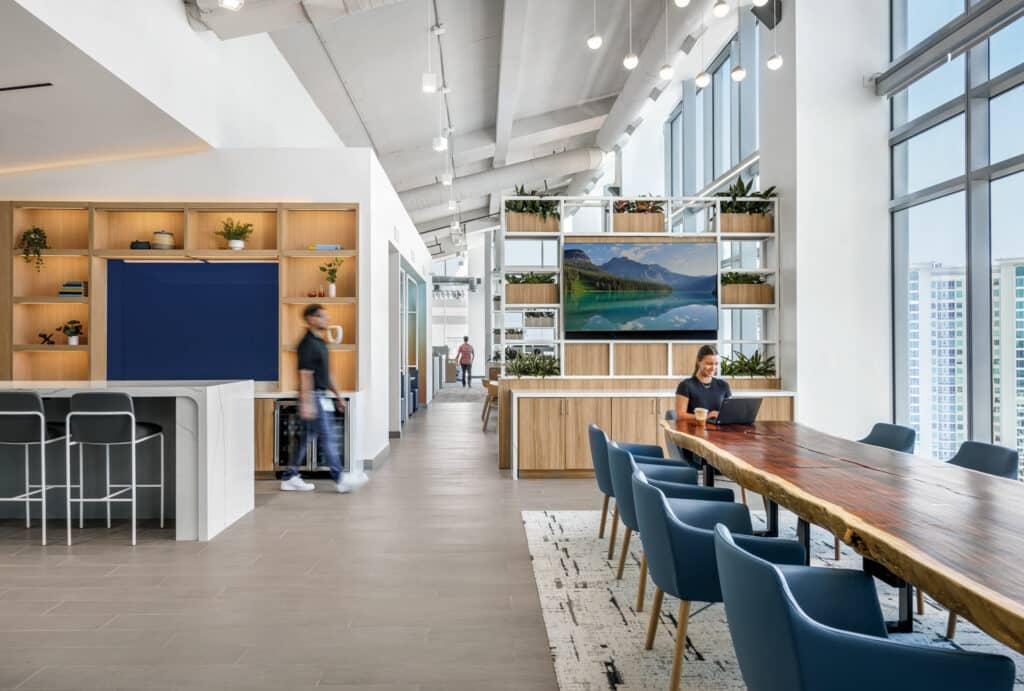
User experience is key. “Amenity” spaces (i.e. enhanced breakrooms, coffee bars and lounge spaces) will become standards in office design. These hospitality-derived environments provide opportunities to infuse character and cultural expression – enticing employees to the office and sparking connections between employees.
Retreat, refresh, renew. Workplace design will feature quiet “moments” within larger spaces to provide respite amid fast-paced schedules. Warmer neutral tones, calm color palettes and greenery will soften and humanize the experience.

Wellness-focused spaces
By Collin Barnes, senior partner, co-leader of RDG’s commercial market
Because culture is a crucial aspect for our clients (Gallup sites it as a prime reason for job turnover), we aim to draw people into the office and foster a sense of community. We want people to want to come into work because that’s ultimately how culture is created and nurtured, but we also recognize that the space needs to support an increasingly hybrid workforce. For example, a mix of dedicated versus hoteling desks and evolving amenity spaces that appeal to both new and existing employees. It’s all about how we can design spaces to enhance productivity and collaboration to bridge the gap between in-office and remote workers.
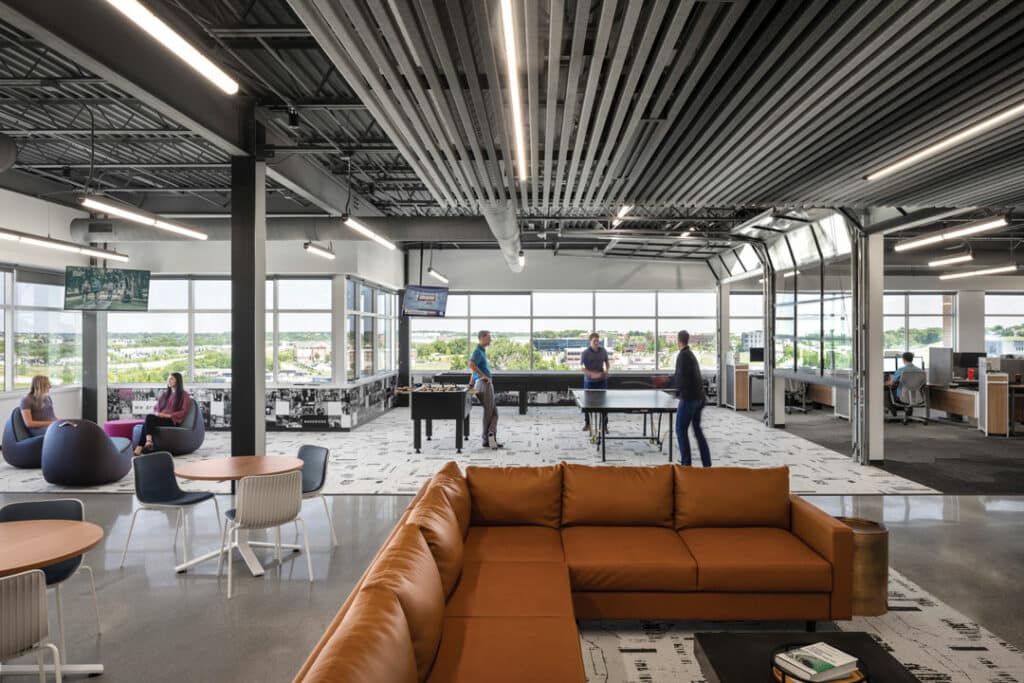
Wellness is also a big part of today’s workplace design – people are much more attuned to physical and mental well-being. Mother’s rooms, for example, are being reimagined for broader, inclusive purposes that support new moms, serve as a sanctuary for mental and physical health needs and provide a safe place for individuals to practice quiet meditation or prayer.
In the end, it’s really about blending cultural engagement and hybrid flexibility with wellness-focused spaces to attract and retain good employees and empower teams to be successful.

Designing for collaboration
By Marianne Rivera, creative design manager, Workspace
In office interior design, three prominent trends have emerged, shaping workspaces to foster an environment that is more inclusive, flexible and well-being-oriented. Inclusion is manifested through designs that promote diversity, accommodating varied work styles and needs. Spaces, tools and technology that can adapt to the evolving nature of work and encourage collaboration and innovation attract new talent. Flexibility in presence, whether in the office or working remotely, also requires designs to create an equitable experience for all participants. Moreover, a heightening focus on employee well-being is evident in designs that incorporate elements promoting physical and mental health, such as ergonomic furniture, ample natural light and greenery. A focus on well-being is also expressed through colors that are trending calmer and more peaceful, with neutrals still prevalent but with the addition of bold undertones. These trends collectively contribute to a workplace ethos that values every individual, embraces adaptability and prioritizes the holistic health of employees, ultimately enhancing productivity and job satisfaction.
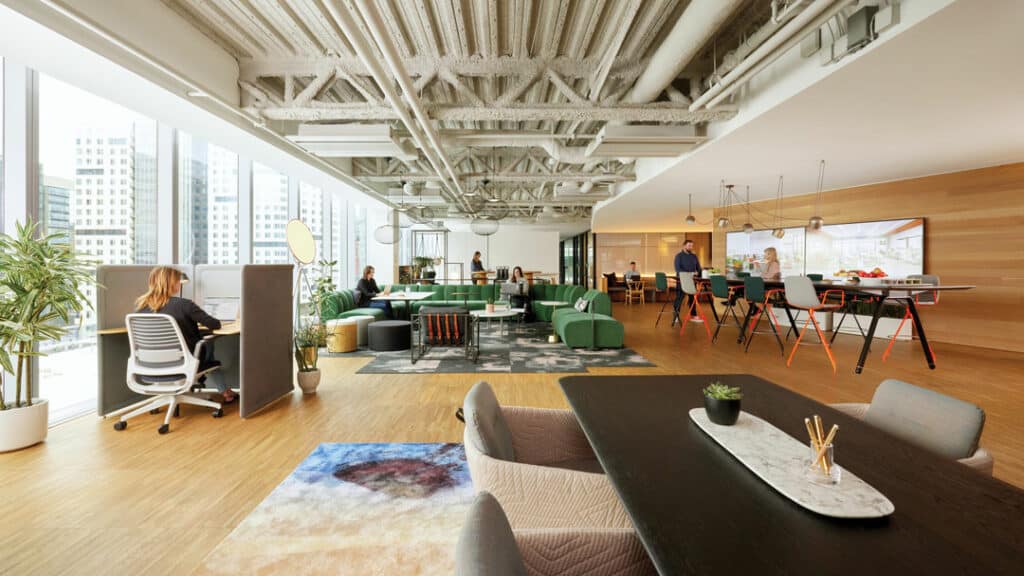
Designing spaces within offices for employees to work together continues to be a trend, Workspace design manager says. Submitted image

Environmental graphics
By Hannah Brunko, interior designer, FEH Design
Over the last five years, the workplace has seen an uptick in the use of environmental graphics. Graphics are an element of experiential design, which is essentially the art of shaping the human experience.
Here are six ways graphics enhance the workplace:
Brand/identity expression: Prominently placed logos and branding elements promote a sense of place, reinforce identity and evoke a sense of pride in the collective mission of the group.
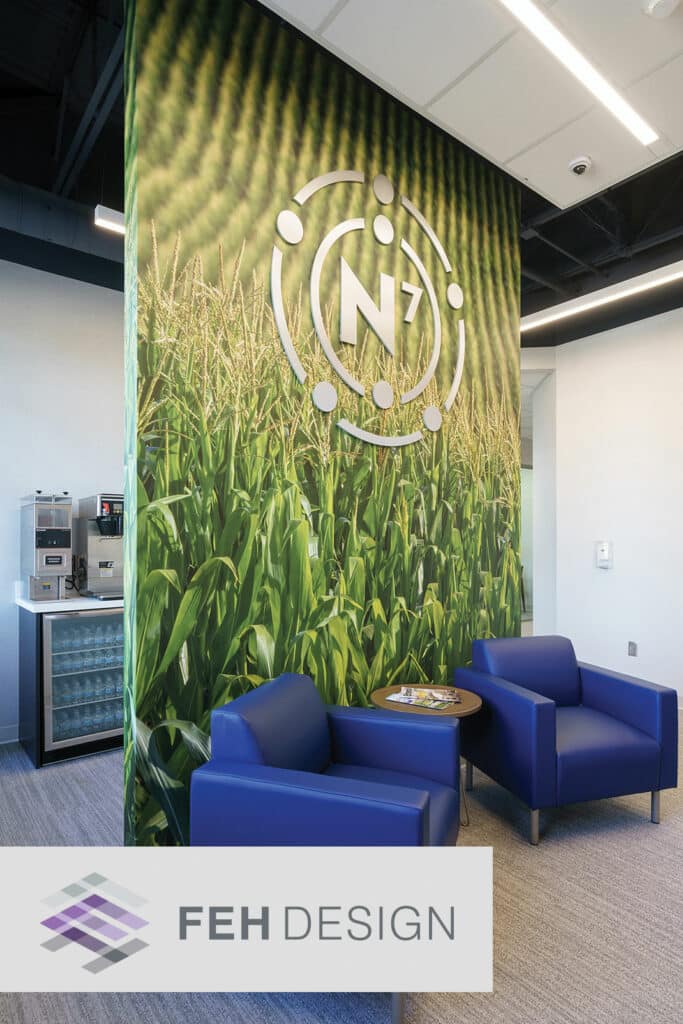
Wayfinding: A coordinated series of directional cues with specific colors, fonts and/or symbols helps users navigate a space quickly and easily.
Informational: Graphics can feature information that is important to the company, such as history, facts and data.
Privacy/security: Glass plane areas such as conference rooms, front facades and vestibules can be dialed into the preferred privacy level with the use of decal graphics.
Flexibility: As branding evolves, the office graphics can easily follow suit.
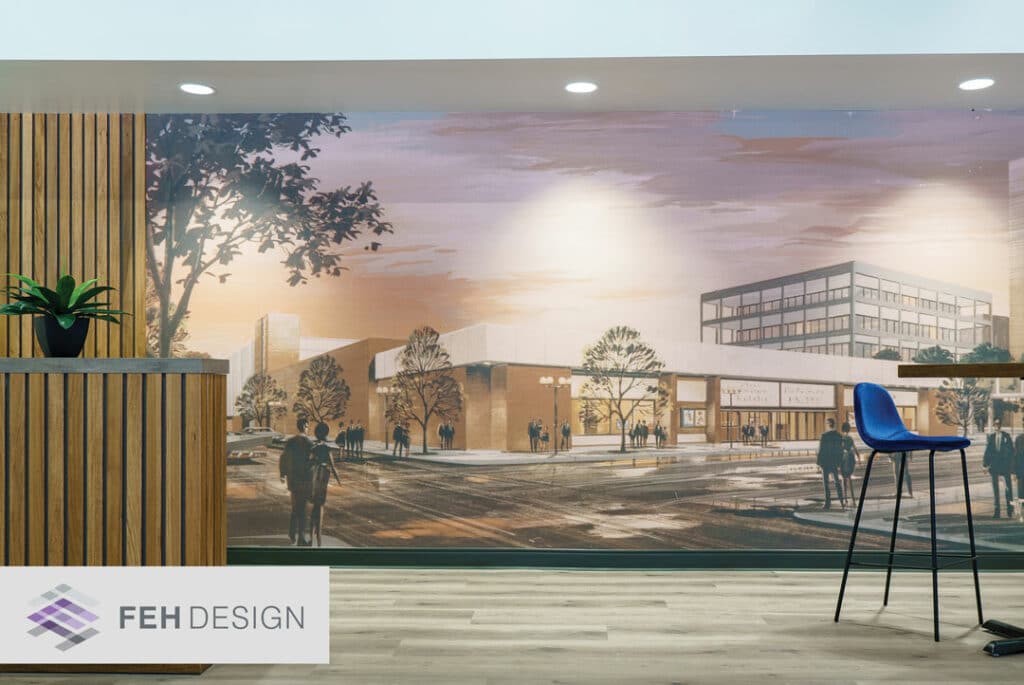
Interior graphics can help enhance a space and communicate values, FEH Design designer says. Submitted photo
Visual appeal: Often a tool of interior designers is to add intrigue, capture attention or compliment an aesthetic.
With technology advancements in digital design and printing, we see this trend as a workplace must-have!
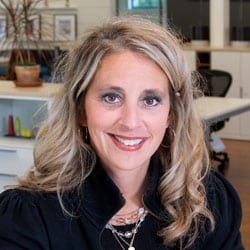
Increasing connectivity
By Cari Trilk, vice president of design services, Pigott
Our research team has found that connection between team members is more important than ever right now. On many projects that we are currently working on, we continue to see organizations working hard to understand how their physical space can do more to bring people together and strengthen relationships.
This is typically best achieved by designing spaces that appropriately support a wide variety of interactions. These spaces can include everything from smaller hard-walled rooms for scheduled meetings within a specific department, to larger open-air plaza areas that can foster unplanned social interactions between all members of the entire organization. Each of these spaces should be carefully planned to not only look and feel appealing but also functionally support the tasks at hand. This increased connectivity between team members has been proven to enhance an organization’s innovation, make the implementation of new ideas easier, reduce burnout and improve culture.
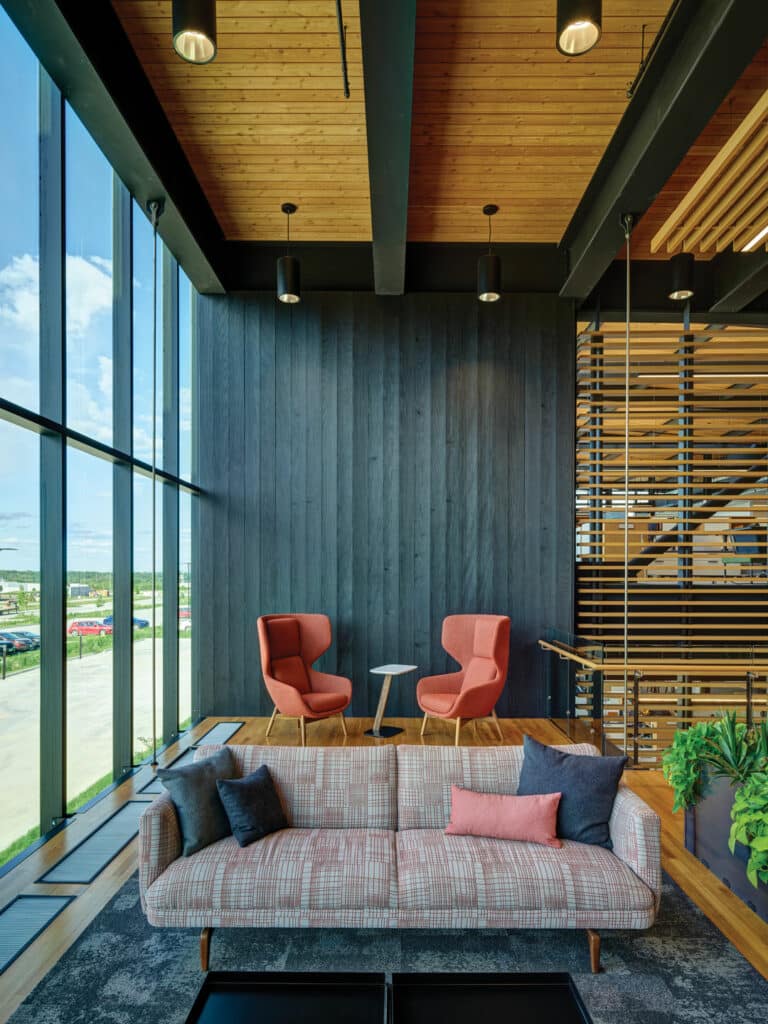
A mezzanine at Kreg Tool’s office in Ankeny. Submitted photo

Emily Barske Wood
Emily Wood is special projects editor at Business Record. She covers nonprofits and philanthropy, HR and leadership, and diversity, equity and inclusion.


